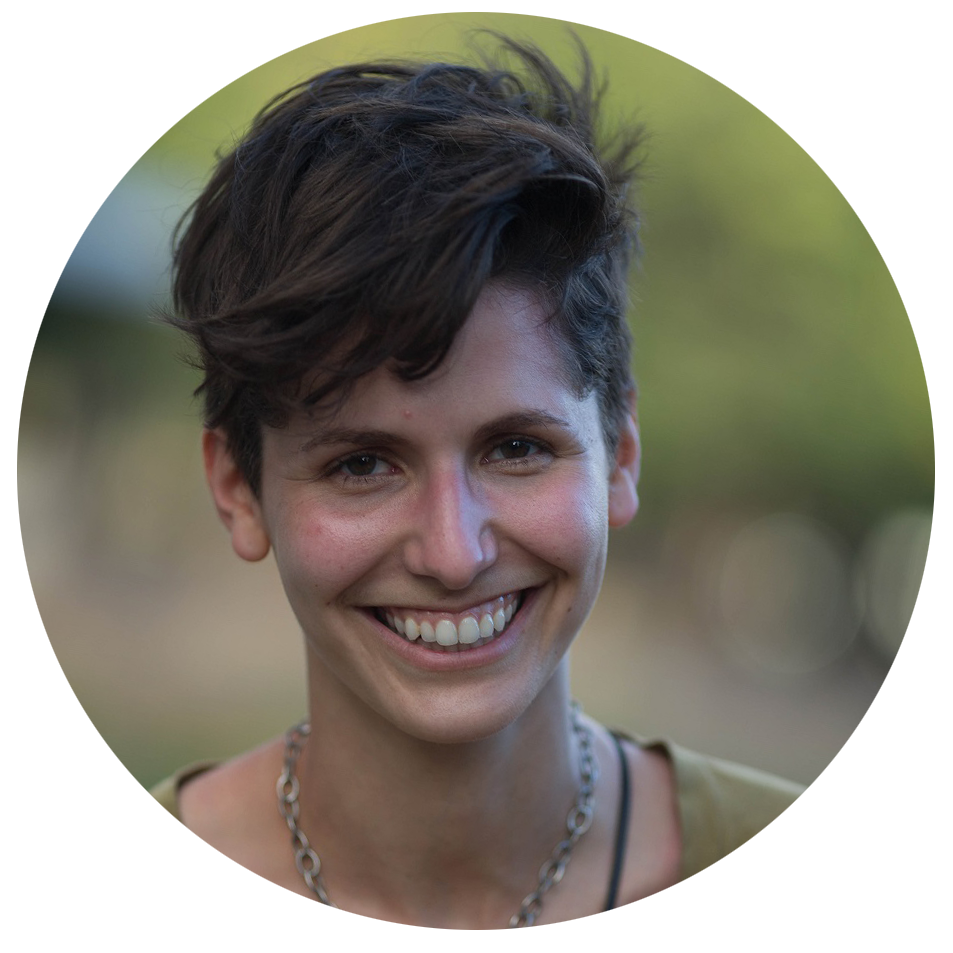HOW TO BUILD A VILLAGE | COMMUNITY DESIGN
How to Build a Village is our new blog series dedicated to showcasing the steps involved in establishing and building sustainable villages from scratch with our families. Through photos and firsthand accounts from family members and project leaders, you can experience each stage of development, from the purchase of land to the building of farms, homes, and health brigades. Our first piece in the series focuses on the community design process for La Bendición, our newest community, in Nicaragua.
– – – – – – – – – – – –
The birth of an Agros village is nothing short of a team effort. Following the purchase of land and the recruitment of families, the village design process is a crucial stage of development that involves participation from the whole community.
MEET GEOFF PIPER
“While this isn’t typical architecture, it’s definitely the favorite thing we do in our office.” That’s how Geoff Piper, a tall, red-bearded architect and father, introduced his work with Agros at a Direct from the Field webinar. His office, The Global Studio, has worked with us to design homes, water systems, and village plans in four Agros communities, starting with El Eden in 2006.
In April 2015 he went down to Matagalpa, where La Bendición was just beginning, to try out a new solution to a question we’re always asking ourselves. Maybe you’be asked it, too.

“A lot of nonprofits tackle one issue. Agros tackles a lot of issues in an effort to tackle a deeper, more comprehensive solution. As architects and designers that’s something we’re drawn to.” Geoff Piper, Architect, The Global Studio.
HOW DOES “OUR” VILLAGE BECOME “THEIR” VILLAGE?
We want to treat village families as equals, not beneficiaries. That’s why we call villagers “partners” in their own development. Partnership creates ownership, develops leadership,and fosters dignity. We weave this belief into everything we do: villagers earn their land, lead volunteer health brigades, and govern their own community. Every major decision in the community requires buy-in.
But we realized that partnership was lacking in a key moment in the genesis of a new village: the initial design. Historically, villagers hadn’t had much input into the design of a community that they would build with their own hands, raise children in, and grow old in.
We knew this needed to change. Villagers needed to be partners from day one. So we asked Geoff Piper, an architect from The Global Studio, to come up with a solution that we could use to design La Bendición.


These are the two community design concepts that Geoff’s team asked families to debate. They discussed housing lot size, spacing and placement of civic buildings. Thanks to your support, for the first time, these men & women are in control of their futures.His answer: Games. Drawing. Voting. And even some friendly debates.
“We use exercises and games to move past language barriers and to make sure that there’s no right answer to the questions that we’re asking.” – Geoff Piper
“The idea is to learn and to teach,” he added. “We’re learning what the villagers’ concerns are, what their hopes are, and what their dreams are.
“At the same time, we’re teaching. Communities often haven’t had the security to do long-term planning. We design our exercises to ask them to think about what’s going to happen next, in five or ten years.”
LET THE GAMES BEGIN!
For the first activity, Geoff handed out tools & paper. Instructions were simple: Draw your dream village. Go! This got the right kinds of questions flowing in everyone’s minds:
- What do you need in a village?
- Where are you going to put the roads? The housing lots?
- What are you going to build first, second, and third?

Families in the thick of laying out their community.
Next they played a buying game, where villagers were given a limited number of chips and asked to buy what they wanted on their lots. Their top picks were a place to sleep, potable water, and a latrine. They moved to buying on a village scale. Geoff asked villagers what they would buy first: a clinic, a school, a preschool, or a park.
“By listening more than we talk, and putting the tools in their hands, we want to empower them as decision-makers.” – Geoff Piper
Geoff’s team compiled everything they’d learned so far into two community designs that illustrated extreme opinions within the group.
Option A: large housing lots, centralized civic space, homes spread out
Option B: smaller lots, tightly clustered, civic spaces on the outskirtsGeoff split the villagers into two groups, assigned them options, and set them to debating. Then they switched sides and argued again. Villagers finally picked their favorites and argued one more time. “By the end of the process, the conversation switches,” explained Geoff, “Villagers are telling us what they designed.”
THEIR VILLAGE
At the end of the day, villagers stepped confidently before our board of directors to present their final consolidated design for their community. Design-wise, they’d decided on larger lots. They were willing to be separated, as long as it was only a five minute walk in between.
 Anna Lehn
Anna Lehn
Marketing & Communications Manager


